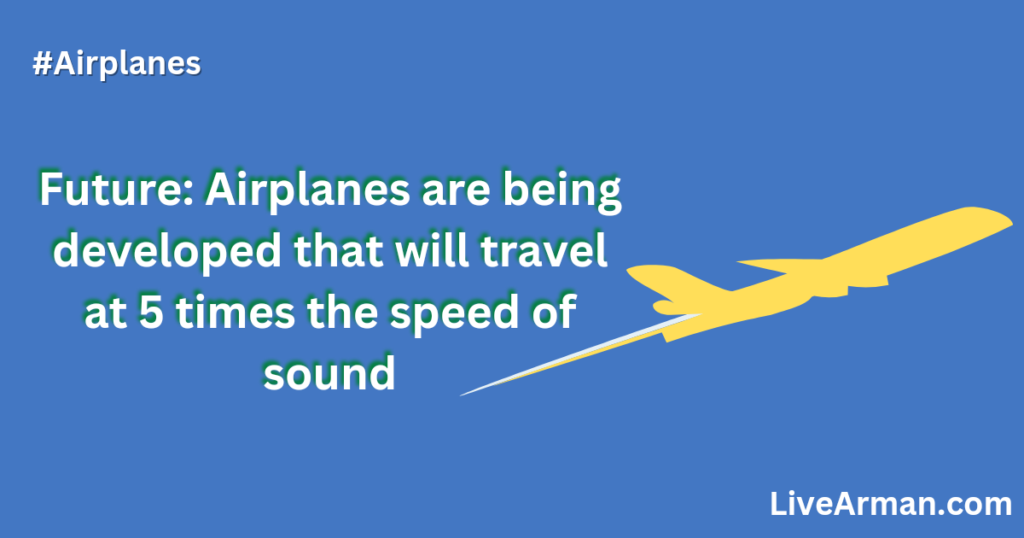The most important person in flight is the pilot. But the fact is, these days pilots are no longer flying their own planes!
Airplanes are now designed to fly autonomously. This news is both comforting and frightening.
Because, on the one hand, the most common cause of plane accidents is human error. As a result, you may be relieved to know that the aircraft will now operate automatically and there will be no risk of accidents due to driver error. But it\’s a little scary to think that a computer system that can crash at any moment can fly you through the sky 30,000 feet without a hitch.
The good news is that airplanes these days are built in such a way that if one system fails, there is another system to provide backup. In some cases there are two backups, similar to aircraft hydraulic systems. And today\’s planes are smarter.
Airplanes nowadays can detect abnormal changes and quickly adapt to them, in addition to operating normally on their own. Of course, even if your plane flies automatically, it also has pilots who fly the plane manually
Capable of flying and doing things that airplanes cannot do by themselves. Such as taxiing and landing, informing the automated system of the start and end of the journey so that the plane knows its route, and of course, entertaining you with jokes during the boarding process.
How exactly does it work?.
Autopilot is a set of systems that automate the operation of an aircraft. Complex computer matrices tell the aircraft how to fly, including navigation, altitude, speed and engine thrust. It also controls the force that propels the aircraft forward through the air. After a pilot inputs information about the aircraft\’s destination into the system, the autopilot system automatically picks up information about the flight\’s route, position, and course. Its navigation system also uses the same GPS technology found in your cell phone and tells you which way to go along which route. As a result, the pilot does not need to touch the aircraft during the flight.
Autopilot systems were added only a few years after the invention of airplanes and early in the flight of air traffic. As early as 1912, the Sperry Corporation developed a system by which an airplane could fly without the control of a pilot. It is in that continuity that aviation has reached where it is today.
After World War II, the United States developed the F-5, a fighter jet that could take off and land on its own. Pilots now have the opportunity to focus much more on other aspects of flight or combat operations, both mentally and physically.
Today\’s autopilot systems are much more advanced and most aircraft with more than 20 seats have autopilot systems.
The computer-based three-axis system controls the different phases of flight including taxiing, takeoff, climb, climb, descent, approach and landing. However, Federal Aviation Administration rules require pilots to use their hands for takeoff and landing when the aircraft is below 500 feet during takeoff or landing.
Pilots still land planes manually 99 percent of the time. However, with advanced autopilot technology and new airport infrastructure, the number of automated landings is increasing. Landing with autopilot in low visibility or poor weather conditions has a lower risk of accidents.
This system itself works in a negative feedback loop. Which means it receives information from the aircraft\’s various processes and is proactive in resolving any issues.
For example, the autopilot system is programmed to keep the aircraft in a level position.
If the wings are not in a level position, the autopilot system receives information and activates itself to correct the problem. When the wings flatten out the loop is closed and that contact is also closed. This is how the system works with all the inflight functions of the plane including steering, speed, altitude and more. All these tasks are done without the pilot lifting a finger. However, the pilot carefully monitors all the functions of the autopilot system to detect any problems or anomalies.
Pilots must always be alert to correct the autopilot system immediately if it makes a mistake or disable the autopilot system and take control of the aircraft in their own hands. Besides, the pilot has to turn off the autopilot system while landing the plane.
There is no hard-and-fast rule on when to turn off an airplane\’s autopilot system. Pilots must turn off the autopilot before reaching minimum altitude. However, this minimum height depends on the type of aircraft, which can be as low as 80 feet above the ground.
You can tell by sight when a plane is being flown manually. Because then it will usually be jerky. Basically, the computer or autopilot system can fly the plane faster and more efficiently than a human. When a pilot is piloting the aircraft by hand, it will take 30 seconds for the aircraft to right itself if it is tilted. But Autopilot can detect and correct problems in less than half that time.
So the need for pilots is over?
No not completely. Autopilot systems are a useful tool for pilots to manage cockpit workload. But the pilots have to keep a constant eye on it and the pilots have to continue their normal cockpit cross checks to make sure everything is normal.
Pilots are usually trained to fly their aircraft manually and given some time each month to hone their piloting skills. Yet there are fears that pilots may forget how to fly manually as they become accustomed to the autopilot.
The Federal Aviation Administration issued a report in January 2016 that alleged industry standards for routine manual pilot training were lacking and called for more stringent standards to be set.
Stay connected with us by liking the CityTouch Facebook page:


